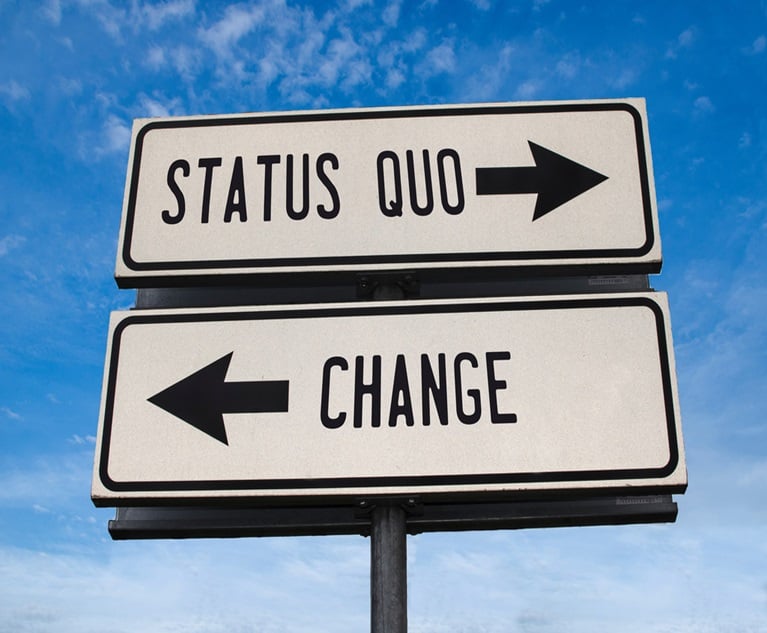NU Online News Service, Aug. 17, 2:01 p.m.EDT
|Nine weather-related disasters this year have cost at least $1billion in economic losses, which ties the record number ofdisasters the United States experienced in 2008—and the hurricaneseason still looms, says the National Oceanic and AtmosphericAdministration.
|NOAA says that so far this year there have been $35 billionsuffered in economic losses across the United States.
|The latest the event to surpass $1 billion was the summerflooding along the Missouri and Sioux rivers in the upperMidwest.
|“I don’t think it takes a wizard to predict that 2011 is likelyto go down as one of the more extreme years for weather inhistory,” says Jack Hayes, director of NOAA National WeatherServices.
|He says the figures released today mark the highest degree ofeconomic loss cost to date since NOAA began keeping such records in1980.
|The year includes the fourth deadliest tornado year, with over540 deaths—150 coming from the twister in Joplin, Mo., thedeadliest in five years.
|Oklahoma has broken the record for the hottest month for anystate with 89.1 degree average, he notes. There have been numerouswildfires and flooding that has damaged “millions of acres of land”and displaced “numerous numbers of people.”
|Hayes notes that Munich Re released figures saying the number ofnatural disasters has tripled in the last 20 years, and 2010 was arecord breaker with about 250.
|The average number of losses from thunderstorms has increasedsignificantly since 1980. For the first half of 2011, there was $20billion in losses from thunderstorms, up from the three-yearaverage of $10 billion.
|The release of the statistics coincided with a new effort byNOAA, emergency managers and meteorologists to build aweather-ready nation.
|During a conference call today Hayes, joined by Eddie Hicks,president of the International Association of Emergency Managersand Jon Malay, president of the American Meteorological Society,say they are launching a new effort to get people to betterunderstand the threat from severe weather. Their aim is to bettereducate and inform people about severe weather, make plans to dealwith those events and be willing and able to put their plans intoaction.
|“Readiness, in our mind, is reducing the impacts for extremeweather that we can’t prevent,” says Hayes.
|In response to an e-mail question concerning what role theinsurance industry would play in this initiative, Chris Strager,eastern region director of the National Weather Service says, “Theinsurance industry plays a central role in helping America become aWeather-Ready nation. Insurance planning is a key aspect ofpersonal preparedness. In the aftermath of destructive weather, itcan help people recover from devastating economic loss and start torebuild their lives.”
|This story was updated with the last paragrahph on Aug. 18at 2:11 p.m. EDT
Want to continue reading?
Become a Free PropertyCasualty360 Digital Reader
Your access to unlimited PropertyCasualty360 content isn’t changing.
Once you are an ALM digital member, you’ll receive:
- All PropertyCasualty360.com news coverage, best practices, and in-depth analysis.
- Educational webcasts, resources from industry leaders, and informative newsletters.
- Other award-winning websites including BenefitsPRO.com and ThinkAdvisor.com.
Already have an account? Sign In
© 2024 ALM Global, LLC, All Rights Reserved. Request academic re-use from www.copyright.com. All other uses, submit a request to [email protected]. For more information visit Asset & Logo Licensing.








